Home>Garden Essentials>How Much Does Crop Rotation Cost
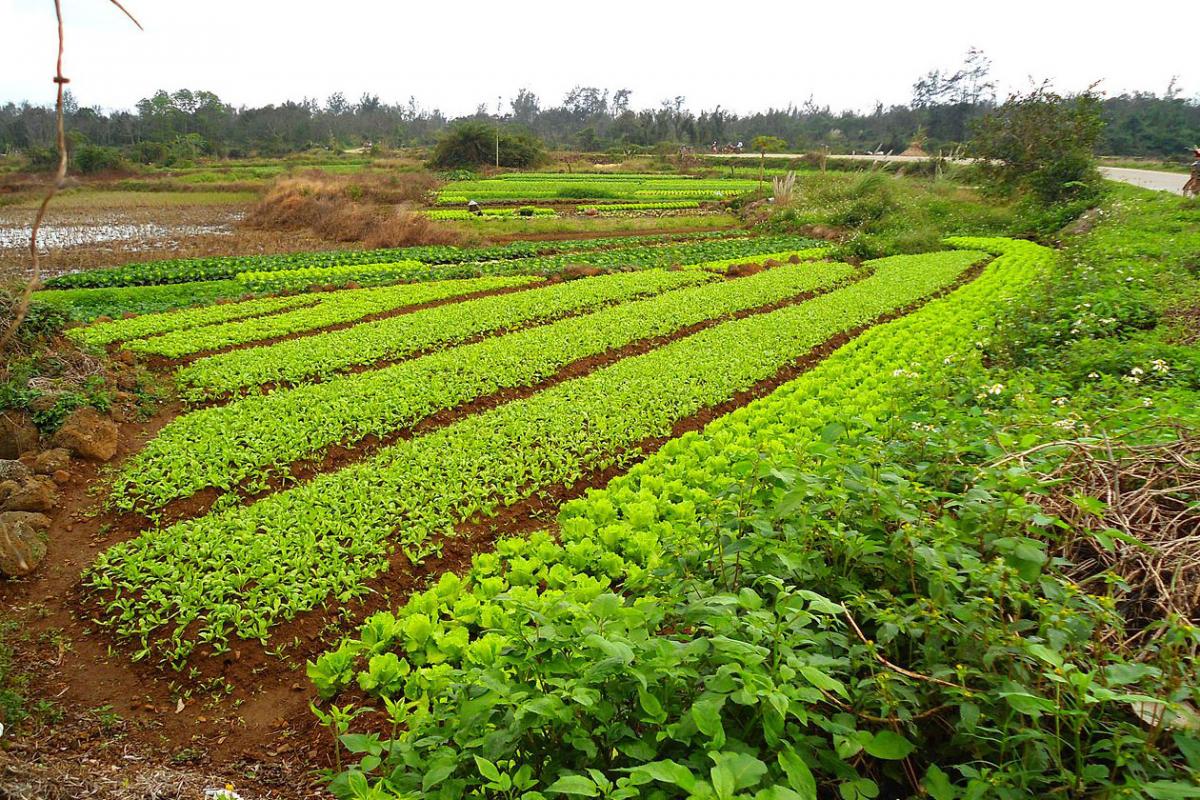

Garden Essentials
How Much Does Crop Rotation Cost
Modified: August 28, 2024
Discover the cost of implementing crop rotation techniques in your garden. Learn how to improve soil health and maximize yield with this cost-effective method.
(Many of the links in this article redirect to a specific reviewed product. Your purchase of these products through affiliate links helps to generate commission for Storables.com, at no extra cost. Learn more)
Introduction
Crop rotation is a fundamental practice in the world of gardening and agriculture. It involves the systematic planting of different crops in a particular sequence over a defined period of time. This technique has been used for centuries and is proven to be beneficial in many ways.
In this article, we will explore the concept of crop rotation, its benefits, and the factors that can influence its cost. We will delve into both traditional and modern methods of crop rotation, examining the equipment and labor costs involved. Additionally, we will discuss the additional expenses associated with implementing crop rotation in your garden or farm.
By the end of this article, you will have a comprehensive understanding of the costs associated with crop rotation and the considerations to keep in mind when implementing this practice. Whether you are a seasoned gardener looking to optimize your yields or a farmer seeking sustainable farming methods, this article will provide valuable insights to help you make informed decisions.
Key Takeaways:
- Crop rotation is like a superhero for soil! It helps keep the soil healthy, fights off pests and diseases, and makes plants grow better. It’s like a secret weapon for farmers and gardeners.
- Planning and knowledge are the keys to successful crop rotation. By choosing the right crops, understanding the soil, and keeping an eye on the plants, farmers and gardeners can make their fields thrive!
Read more: How Does The Crop Rotation Work
What is crop rotation?
Crop rotation is a farming technique that involves the sequential planting of different crops in a specific area over multiple growing seasons. It is based on the principle of diversifying the types of crops grown in a particular field or garden bed over time. The specific sequence of crops and the duration of each planting cycle can vary depending on the goals and requirements of the farmer or gardener.
The primary purpose of crop rotation is to improve soil health and fertility, manage pests and diseases, and enhance overall crop productivity. By changing the type of crops grown in a given area, crop rotation helps break the life cycles of pests and pathogens that are specific to certain plants. It also helps to prevent soil depletion and nutrient deficiency by alternating between crops with different nutrient demands.
One of the key principles of crop rotation is to avoid planting crops from the same family or genus in consecutive seasons. This is because plants within the same family often share similar pest and disease vulnerabilities. By rotating crops, farmers and gardeners can disrupt the buildup of pests and diseases specific to certain plants, reducing the need for chemical interventions and promoting a more sustainable approach to agriculture.
A successful crop rotation plan takes into account factors such as the compatibility of different crops, the specific nutrient requirements of each crop, and the length of the growing season. The sequence of crops is strategically planned to provide maximum benefit to the soil, enhance biodiversity, and optimize overall crop yields.
Overall, crop rotation is an essential practice for sustainable farming and gardening. It promotes ecological balance, reduces the reliance on synthetic pesticides and fertilizers, and contributes to the long-term health and productivity of the soil. By implementing crop rotation, farmers and gardeners can achieve healthier plants, higher yields, and a more environmentally friendly approach to agriculture.
Benefits of Crop Rotation
Crop rotation offers a wide range of benefits for both farmers and gardeners. By diversifying the types of crops planted in a specific area over time, crop rotation can significantly improve soil health, manage pests and diseases, and enhance overall crop productivity. Let’s explore the key benefits in more detail:
- Soil Health: One of the primary benefits of crop rotation is the improvement of soil health. Different crops have varying nutrient requirements, and by alternating crops, farmers can prevent nutrient depletion. For example, legumes like beans and peas can fix nitrogen in the soil, benefiting subsequent crops that have higher nitrogen demands.
- Pest and Disease Management: Crop rotation disrupts the life cycles of pests and diseases by preventing them from building up in the soil. Different crops are susceptible to different pests and diseases, and by rotating crops, farmers can reduce the risk of infestations and limit the need for chemical pesticides.
- Weed Suppression: Certain crops have the ability to suppress weeds through shading, allelopathy (the release of chemicals that inhibit weed growth), or competition for resources. By incorporating these crops into the rotation cycle, farmers can naturally control weed populations without relying solely on herbicides.
- Enhanced Biodiversity: Crop rotation promotes biodiversity within the farming system by creating a more varied and balanced environment. Different crops attract different beneficial insects, birds, and other organisms, which can help with pollination, pest control, and overall ecosystem health.
- Improved Water Management: Crop rotation can improve water management by reducing water runoff and increasing water infiltration into the soil. Different crops have different water requirements and root structures, which helps to maintain soil structure, reduce erosion, and optimize water use efficiency.
- Sustainable Farming: Crop rotation is a core practice of sustainable farming systems. By reducing the reliance on synthetic fertilizers, pesticides, and herbicides, farmers can minimize environmental impact, protect natural resources, and contribute to long-term agricultural sustainability.
Overall, crop rotation is a valuable technique that offers numerous benefits to farmers and gardeners. By implementing a well-planned rotation cycle, it is possible to improve soil health, manage pests and diseases, enhance biodiversity, and ultimately achieve higher crop yields in a sustainable and environmentally friendly manner.
Factors Affecting the Cost of Crop Rotation
While crop rotation has numerous benefits, it’s important to consider the factors that can influence its cost. Understanding these factors can help farmers and gardeners plan and manage the financial aspect of implementing crop rotation. Here are some key factors that can affect the cost:
- Land Size: The size of the land where crop rotation is practiced will have a significant impact on costs. Larger areas require more resources, such as seeds, fertilizers, and labor, leading to higher expenses.
- Crop Selection: The choice of crops in the rotation cycle can affect the cost. Some crops may require more expensive inputs such as specialized fertilizers or pesticides. Additionally, the market value of the crops can influence the profitability of the rotation cycle.
- Seed Costs: The cost of seeds varies depending on the type of crop and quality of the seeds. Some crops may require hybrid or genetically modified (GM) seeds, which can be more expensive than traditional seeds.
- Fertilizer and Soil Amendments: Different crops have varying nutrient requirements. The cost of fertilizers and soil amendments needed to maintain soil fertility can significantly impact the overall cost of crop rotation.
- Pest and Disease Management: Crop rotation helps in managing pests and diseases, but there may still be a need for additional pest control measures. The cost of pesticides and other management practices should be factored into the overall cost.
- Labour: The labor required for crop rotation is an important cost consideration. Labor costs include activities such as soil preparation, planting, irrigation, weed management, and harvesting. The complexity and intensity of the labor required can vary depending on the specific crops and rotation methods used.
- Equipment: Some crop rotations may require specialized equipment or machinery, such as sprayers or harvesters. The cost of purchasing or renting these tools should be taken into account.
- Infrastructure: Infrastructure costs, such as irrigation systems or storage facilities, can influence the overall cost of crop rotation. Upgrading or maintaining existing infrastructure can incur additional expenses.
- Training and Knowledge: Acquiring the necessary expertise and knowledge about crop rotation techniques can require investment in training and education. The cost of acquiring this knowledge should be considered.
It’s important for farmers and gardeners to carefully evaluate these factors to estimate the overall cost of implementing crop rotation. While there are initial costs involved, the long-term benefits, such as improved soil health and increased productivity, often outweigh the expenses, making crop rotation a worthwhile investment. Proper planning, budgeting, and ongoing monitoring can help optimize the cost-effectiveness of crop rotation practices.
Cost of Crop Rotation Methods
There are various methods of crop rotation, each with its own costs and benefits. The cost of implementing different crop rotation methods can vary depending on factors such as the number of crops involved, the specific sequence of planting, and the resources required for each crop. Let’s explore some common crop rotation methods and their associated costs:
Read more: How Does Crop Rotation Help Crop Yield
Traditional Crop Rotation:
In traditional crop rotation, a sequence of crops is followed based on traditional farming practices. This method typically involves a rotation cycle of three to four different crops. The costs associated with traditional crop rotation can include:
- Seed Costs: The cost of purchasing high-quality seeds for each crop in the rotation.
- Fertilizers and Soil Amendments: Depending on the nutrient requirements of each crop, the cost of fertilizers and soil amendments may vary.
- Pest and Disease Management: Traditional crop rotation methods can help in managing pests and diseases; however, additional costs may be incurred for pest control measures such as pesticides or biological controls.
- Labor and Equipment: The labor required for preparing the soil, planting, and maintaining each crop, as well as any machinery or equipment needed for specific tasks.
Modern Crop Rotation:
Modern crop rotation methods often employ more advanced techniques and include a wider variety of crops in the rotation. This method aims to optimize soil health, increase biodiversity, and control pests and diseases. The costs associated with modern crop rotation can include:
- Seed Costs: As modern crop rotation may involve a greater variety of crops, the cost of seeds might be higher. This includes specialty or hybrid seeds.
- Fertilizers and Soil Amendments: The cost of fertilizers and soil amendments needed to maintain optimal soil health for the diverse range of crops in the rotation.
- Pest and Disease Management: Although crop rotation helps in managing pests and diseases, additional costs may be incurred for monitoring, scouting, and applying pest control measures as needed.
- Labor and Equipment: The labor and equipment required for crop rotation tasks, such as cultivating, planting, and harvesting different crops, and the equipment needed to maintain soil health through practices like cover cropping and green manure.
It’s important to note that the cost of crop rotation methods can vary depending on factors such as the scale of the operation, the specific crops chosen, and the availability of resources and infrastructure. Additionally, the benefits gained from implementing crop rotation, such as improved soil health, reduced pest pressure, and increased crop yields, often outweigh the costs incurred.
By carefully considering the costs and benefits of different crop rotation methods, farmers and gardeners can choose the approach that aligns with their goals, resources, and budgetary constraints.+
Traditional Crop Rotation
Traditional crop rotation is a time-tested method used by farmers and gardeners to manage soil fertility, control pests and diseases, and maximize crop yields. It typically involves a rotation cycle of three to four different crops planted in succession over several seasons. Each crop is chosen based on its nutrient requirements, pest resistance, and ability to improve soil health. Let’s take a closer look at how traditional crop rotation works and the benefits it offers.
Example of a Traditional Crop Rotation Sequence:
A common traditional crop rotation sequence involves the rotation of three crops – legumes, root crops, and grains. The specific order of planting may vary, but a common sequence is as follows:
- Legumes: The first crop in the rotation is often a legume such as peanuts, soybeans, or clover. Legumes have the unique ability to fix atmospheric nitrogen into the soil through a symbiotic relationship with nitrogen-fixing bacteria. This improves soil nitrogen levels, making it available for the subsequent crops.
- Root Crops: The second crop in the rotation is typically a root crop like carrots, potatoes, or beets. Root crops have deep root systems that help break up compacted soil and improve its structure. They also extract nutrients from deeper soil layers, reducing nutrient competition with the previous legume crop.
- Grains: The final crop in the rotation is often a grain crop like corn, wheat, or barley. These crops have higher nutrient demands and benefit from the increased nitrogen levels provided by the legume crop. They also help suppress weeds through their shading and competitive growth, reducing the need for herbicides.
Read more: What Is Crop Rotation Strip Cropping
Benefits of Traditional Crop Rotation:
Traditional crop rotation offers several significant benefits for farmers and gardeners:
- Improved Soil Fertility: By rotating crops with differing nutrient requirements, traditional crop rotation helps prevent nutrient depletion and maintain soil fertility over time. Legumes, in particular, contribute to soil fertility through nitrogen fixation, reducing the need for synthetic fertilizers.
- Pest and Disease Management: Traditional crop rotation disrupts the life cycles of pests and diseases by preventing them from building up in the soil. Different crops have varying pest susceptibilities, and crop rotation helps minimize pest infestations, reducing the need for chemical interventions.
- Weed Control: Crop rotation helps suppress weeds by disrupting weed growth cycles and utilizing different planting densities and heights among crops. This reduces the reliance on herbicides and promotes a more sustainable approach to weed management.
- Enhanced Soil Structure: The varied root systems of different crops in the rotation help improve soil structure and reduce soil compaction. This enhances water infiltration, root penetration, and overall soil productivity.
- Economic Sustainability: Traditional crop rotation promotes long-term economic sustainability by reducing input costs such as synthetic fertilizers and pesticides. It also enhances crop productivity, leading to higher yields and increased profitability over time.
While traditional crop rotation requires careful planning and adherence to a specific sequence, the benefits it offers make it a popular and effective practice. By implementing traditional crop rotation, farmers and gardeners can improve soil health, manage pests and diseases more sustainably, and achieve higher crop yields over the long term.
Modern Crop Rotation
Modern crop rotation takes the principles of traditional crop rotation and incorporates more advanced techniques to maximize soil health, increase biodiversity, and control pests and diseases. This approach goes beyond the traditional three-to-four crop rotation cycle and introduces a wider variety of crops into the rotation. Let’s explore how modern crop rotation works and the benefits it provides.
Diverse Crop Selection:
In modern crop rotation, a diverse range of crops is carefully selected to optimize soil health and nutrient utilization. This may include a combination of cash crops, cover crops, and specialty crops, with each crop serving a specific purpose within the rotation. Some examples of crops commonly included in modern crop rotation are:
- Cash Crops: These are the primary crops grown for economic profit, such as grains, vegetables, or fruits.
- Cover Crops: These crops are grown primarily to protect and enrich the soil. They help prevent erosion, improve soil structure, and suppress weeds.
- Green Manure Crops: These crops, typically legumes or brassicas, are grown and then incorporated into the soil to add organic matter and nutrients.
- Beneficial Insect-attracting Crops: Certain plants are included in the rotation to attract beneficial insects that provide natural pest control for the primary cash crops.
Benefits of Modern Crop Rotation:
Modern crop rotation offers several key benefits, building upon the foundations of traditional crop rotation:
- Optimized Soil Health: By incorporating a diverse range of crops into the rotation, modern crop rotation promotes a healthy and balanced soil ecosystem. Different crops have different root structures, nutrient requirements, and organic matter contributions, resulting in improved soil fertility and structure.
- Pest and Disease Control: The inclusion of beneficial insect-attracting crops and the diversification of crop types help to naturally manage pest populations in a more sustainable manner, reducing the reliance on chemical pesticides.
- Increase Biodiversity: Modern crop rotation enhances biodiversity within the growing system. By diversifying crop types, farmers create a habitat that attracts beneficial insects, birds, and other organisms, which contribute to pollination, pest control, and ecosystem balance.
- Water and Nutrient Management: Diverse crop rotations help improve water and nutrient management. Cover crops and green manure crops reduce soil erosion, increase water infiltration, and capture and recycle nutrients, reducing the risk of nutrient leaching or runoff.
- Sustainable Farming: Modern crop rotation aligns with sustainable farming principles by reducing the need for synthetic fertilizers and chemical pesticides, conserving natural resources, and promoting long-term agricultural viability.
Modern crop rotation requires careful planning, knowledge of crop requirements, and an understanding of local growing conditions. By implementing a well-designed modern crop rotation system, farmers and gardeners can optimize soil health, control pests and diseases, and achieve sustainable and profitable crop production, while also protecting the environment for future generations.
Equipment and Labor Costs
Implementing crop rotation involves both equipment and labor to ensure the successful implementation of the rotation plan. Let’s explore the equipment and labor costs associated with crop rotation:
Equipment Costs:
Depending on the scale of the operation and the specific crops involved, different types of equipment may be required for crop rotation. Some common equipment used in crop rotation includes:
- Tractors and Implements: Tractors are used for soil preparation, planting, and harvesting. Implements such as seeders, cultivators, and harvesters may also be needed to facilitate the crop rotation process.
- Irrigation Systems: If irrigation is required for the crops in the rotation, the cost of irrigation equipment, such as pumps, pipes, and sprinkler systems, should be considered.
- Storage Facilities: Depending on the scale of the operation, additional infrastructure such as storage facilities or sheds may be needed to store harvested crops and equipment.
The cost of equipment can vary significantly depending on factors such as the size of the operation, the availability of used machinery, and the necessity of specialized equipment. It’s important to carefully consider equipment needs and associated costs when planning for crop rotation.
Labor Costs:
Labour is a significant component of crop rotation costs. The specific labor requirements will vary depending on factors such as the size of the operation, the crops involved, and the level of mechanization. Common labor-related tasks in crop rotation include:
- Soil Preparation: Labor is required for tasks such as plowing, harrowing, and levelling the soil for the planting of crops.
- Planting and Transplanting: Labor is needed for seeding or transplanting crops at the appropriate times and in specific locations within the rotation plan.
- Maintenance: Monitoring and maintaining the crops throughout the growing season, including tasks such as weeding, pest control, and irrigation.
- Harvesting: Labor is required for the timely and efficient harvesting of crops, ensuring they are collected and stored properly.
The amount of labor required for crop rotation can vary depending on the complexity of the rotation plan, the size of the area, and the availability of skilled labor. Labor can be hired on an hourly basis, contracted, or can be provided by the farm or garden workers. It is important to consider labor costs when budgeting for crop rotation.
It is worth noting that investing in mechanization and modern equipment can help reduce labor costs in the long run. However, the initial investment in such equipment should be weighed against the benefits and long-term savings it provides.
By carefully considering the equipment and labor costs associated with crop rotation, farmers and gardeners can make informed decisions and effectively budget for these expenses. Proper planning and allocation of resources will ensure the successful implementation of crop rotation practices and maximize the benefits it offers.
Additional Costs
Aside from the direct equipment and labor costs, there are additional expenses that should be considered when implementing crop rotation practices. These costs may vary depending on factors such as the scale of the operation, specific crop requirements, and local conditions. Here are some common additional costs associated with crop rotation:
Read more: Why Does The Game Encourage Crop Rotation
Seed Costs:
The cost of seeds can be a significant expense in crop rotation. Different crops may require specialized or hybrid seeds, which can incur higher costs compared to conventional seeds. It’s important to budget for the purchase of high-quality seeds that align with the crop rotation plan and specific market requirements.
Fertilizers and Soil Amendments:
In addition to the general fertilizer costs associated with crop cultivation, crop rotation may require specific soil amendments to meet the nutrient needs of different crops. Testing the soil and amending it accordingly can help optimize plant nutrition. However, this may involve additional expenses for acquiring and applying fertilizers, compost, or other soil amendments.
Pest and Disease Management:
While crop rotation helps in managing pests and diseases, additional measures may be necessary to mitigate specific pest or disease pressures. These measures can include the use of insecticides, fungicides, or biological controls. The cost of these pest and disease management strategies should be factored into the overall budget for crop rotation.
Record Keeping and Monitoring:
Maintaining accurate records is important for managing a successful crop rotation system. This includes keeping track of the rotation sequence, input applications, pest and disease occurrences, and yield data. Implementing a robust record-keeping system may incur additional costs for software, data management tools, or hiring personnel for data entry and analysis.
Read more: What Was Crop Rotation?
Educational and Training Expenses:
Gaining knowledge and staying up-to-date with the latest crop rotation practices and techniques may require investing in educational resources or attending training programs or workshops. These expenses should be considered when budgeting for crop rotation to ensure that farmers and gardeners have the necessary expertise to implement and manage the rotation effectively.
Infrastructure and Maintenance Costs:
Establishing and maintaining infrastructure, such as irrigation systems, fencing, or equipment storage facilities, can add to the overall cost of crop rotation. These expenses may vary depending on the existing infrastructure and the specific needs of the rotation plan.
It’s important for farmers and gardeners to carefully consider these additional costs when planning and budgeting for crop rotation. By factoring in these expenses, one can better estimate the overall investment required for implementing and maintaining a successful crop rotation system.
Considerations for Implementing Crop Rotation
Implementing crop rotation can bring numerous benefits to a farm or garden, including improved soil health, pest control, and increased crop yields. However, there are several key considerations that should be taken into account to ensure the successful implementation of crop rotation practices. Let’s explore these considerations:
Understanding Soil and Crop Requirements:
It is crucial to have a thorough understanding of the soil properties, including fertility levels, pH, and drainage, as well as the specific nutrient requirements of the crop being grown. Different crops have varying preferences for soil conditions, and matching crop choices with the soil’s properties is essential for optimal growth and productivity.
Read more: How Does Crop Rotation Prevent Soil Erosion
Planning Rotation Cycles:
Developing a well-designed rotation cycle is crucial. Consider factors such as the length of each crop cycle, nutrient requirements, and pest vulnerabilities. The rotation sequence should be carefully planned to maintain soil health, break pest and disease cycles, and optimize the use of resources and labor.
Crop Diversity and Compatibility:
Include a diverse range of crops in the rotation to maximize the benefits of crop rotation. Each crop should have complementary characteristics that promote soil health, break pest cycles, or enhance nutrient availability. Avoid consecutive planting of crops from the same family or genus, as they tend to share similar pests and diseases.
Market Demand and Economic Viability:
Consider the market demand for the crops you plan to include in the rotation. Select crops that have a steady demand and offer a good return on investment. Evaluating the economic viability of the rotation can help ensure profitability and sustainability for the farm or garden.
Adapting to Farm or Garden Size:
Take into account the size of your farm or garden when planning crop rotation. Larger operations may have more flexibility in terms of available land and resources, while smaller operations may need to be more strategic with their choices. Adapt the rotation plan to fit the available space and resources of the farm or garden.
Read more: What Are The Principles Of Crop Rotation
Monitoring and Adjusting:
Regularly monitor the health and performance of the crops in the rotation. Observe for signs of nutrient deficiencies, pest infestations, or diseases. Adjust the rotation plan as needed based on these observations and the knowledge gained from previous cycles. Flexibility and adaptability are key to successful crop rotation.
Knowledge and Training:
Gaining knowledge about crop rotation practices, techniques, and specific crop requirements is crucial for successful implementation. Stay updated with the latest research and best practices by attending training programs, workshops, or seeking guidance from agricultural experts. This knowledge will contribute to informed decision-making and maximize the benefits of crop rotation.
By considering these factors when implementing crop rotation, farmers and gardeners can optimize the productivity, sustainability, and long-term success of their operations. Careful planning, continuous monitoring, and a commitment to adapt and learn will contribute to a successful crop rotation system.
Conclusion
Crop rotation is a valuable practice that offers numerous benefits to farmers and gardeners. By systematically planting different crops in a specific sequence, crop rotation improves soil health, manages pests and diseases, and enhances overall crop productivity. It is a key component of sustainable farming and gardening, promoting ecological balance, reducing the reliance on synthetic inputs, and contributing to long-term agricultural viability.
In this article, we have explored the concept of crop rotation and its benefits. We discussed the factors that can influence the cost of implementing crop rotation, including land size, crop selection, seed costs, fertilizers, pest management, labor, and equipment. By carefully considering these factors, farmers and gardeners can effectively budget for crop rotation and make informed decisions regarding their implementation.
We also examined traditional and modern crop rotation methods, highlighting the differences and benefits of each approach. Traditional crop rotation, with its established sequence of legumes, root crops, and grains, provides improved soil fertility, pest control, and weed suppression. Modern crop rotation, on the other hand, offers greater crop diversity, enhanced soil health, and improved biodiversity through the inclusion of cover crops, green manure crops, beneficial insect-attracting crops, and cash crops.
In addition, we discussed the equipment and labor costs associated with crop rotation, emphasizing the importance of careful planning and allocation of resources. We also highlighted the additional costs involved, such as seed costs, fertilizers, pesticides, record-keeping, training, and infrastructure. By accounting for these costs, farmers and gardeners can develop realistic budgets and optimize the profitability of their crop rotation practices.
Lastly, we explored the considerations for implementing crop rotation, including understanding soil and crop requirements, planning rotation cycles, ensuring crop diversity and compatibility, considering market demand and economic viability, adapting to farm or garden size, monitoring and adjusting, and acquiring knowledge and training. These considerations are essential for successful crop rotation implementation and long-term success.
In conclusion, crop rotation is a powerful tool that can unlock numerous benefits for farmers and gardeners. By carefully planning and implementing crop rotation practices, one can improve soil health, manage pests and diseases sustainably, increase biodiversity, and achieve higher crop yields. With its numerous advantages, crop rotation is a practice worth adopting for those seeking to optimize their farming or gardening operations and contribute to a sustainable and resilient agricultural system.
Frequently Asked Questions about How Much Does Crop Rotation Cost
Was this page helpful?
At Storables.com, we guarantee accurate and reliable information. Our content, validated by Expert Board Contributors, is crafted following stringent Editorial Policies. We're committed to providing you with well-researched, expert-backed insights for all your informational needs.

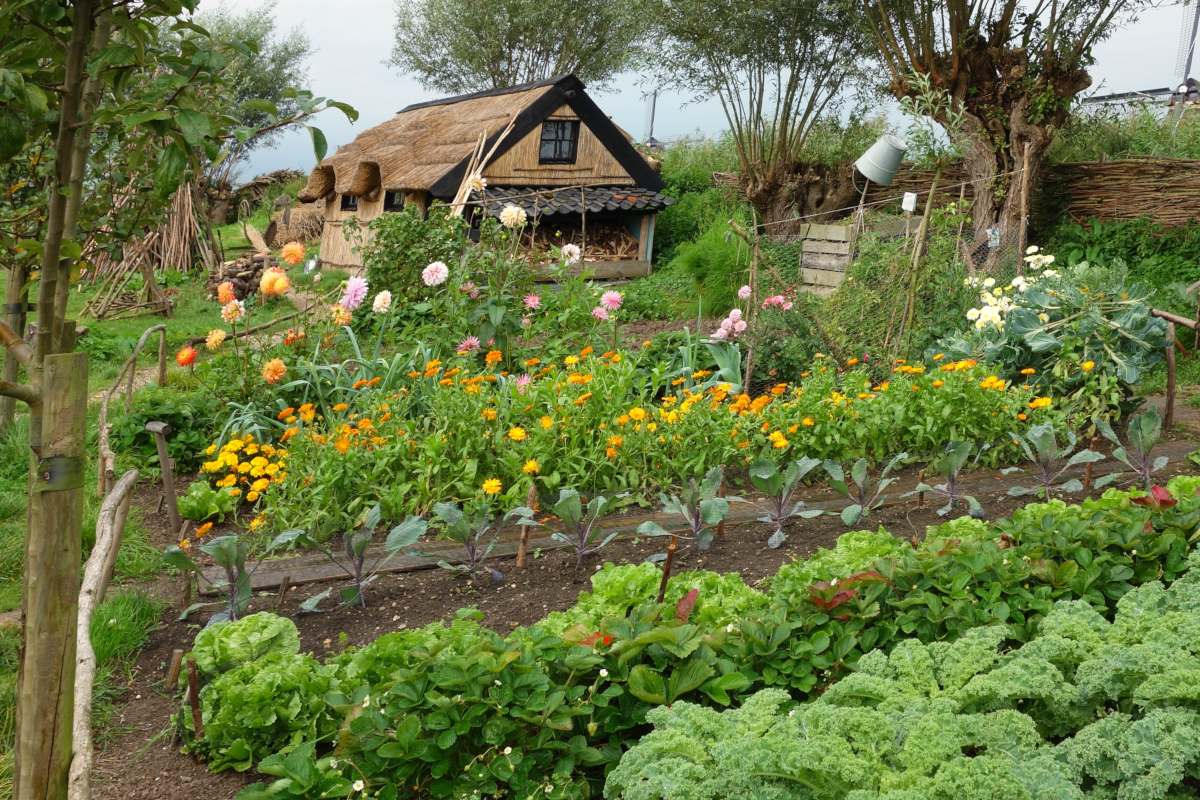
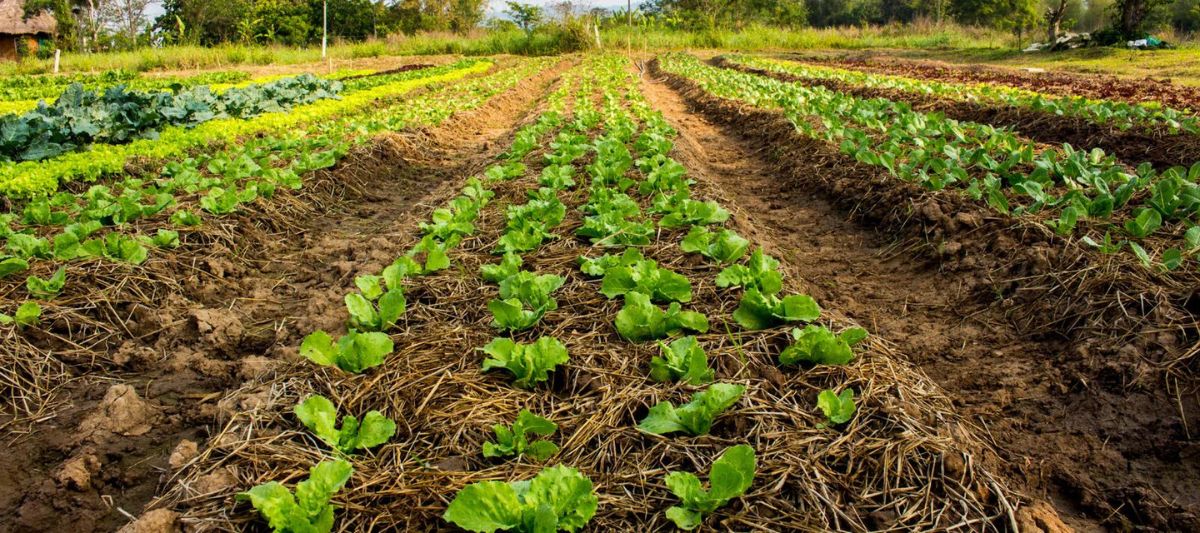
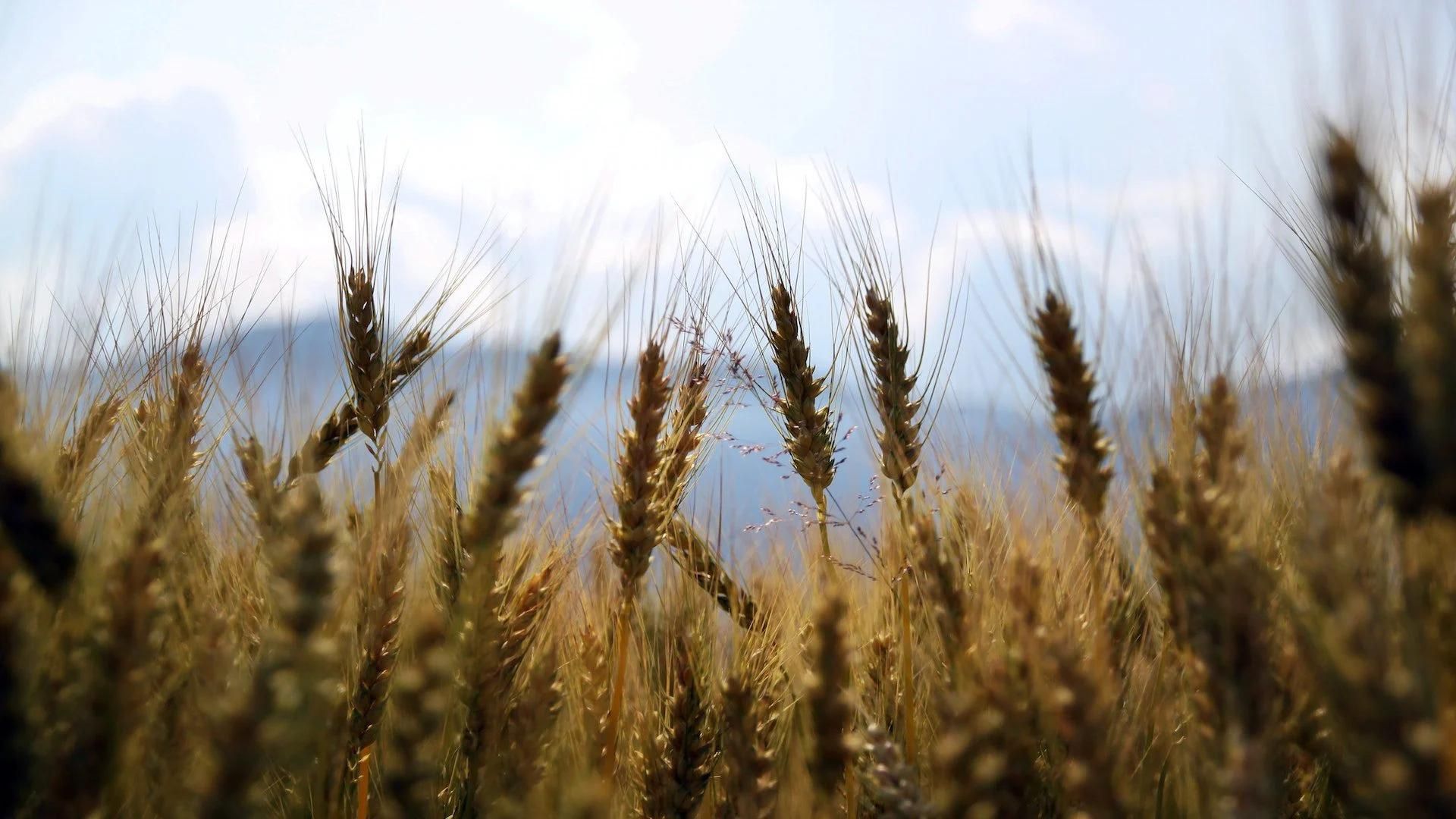
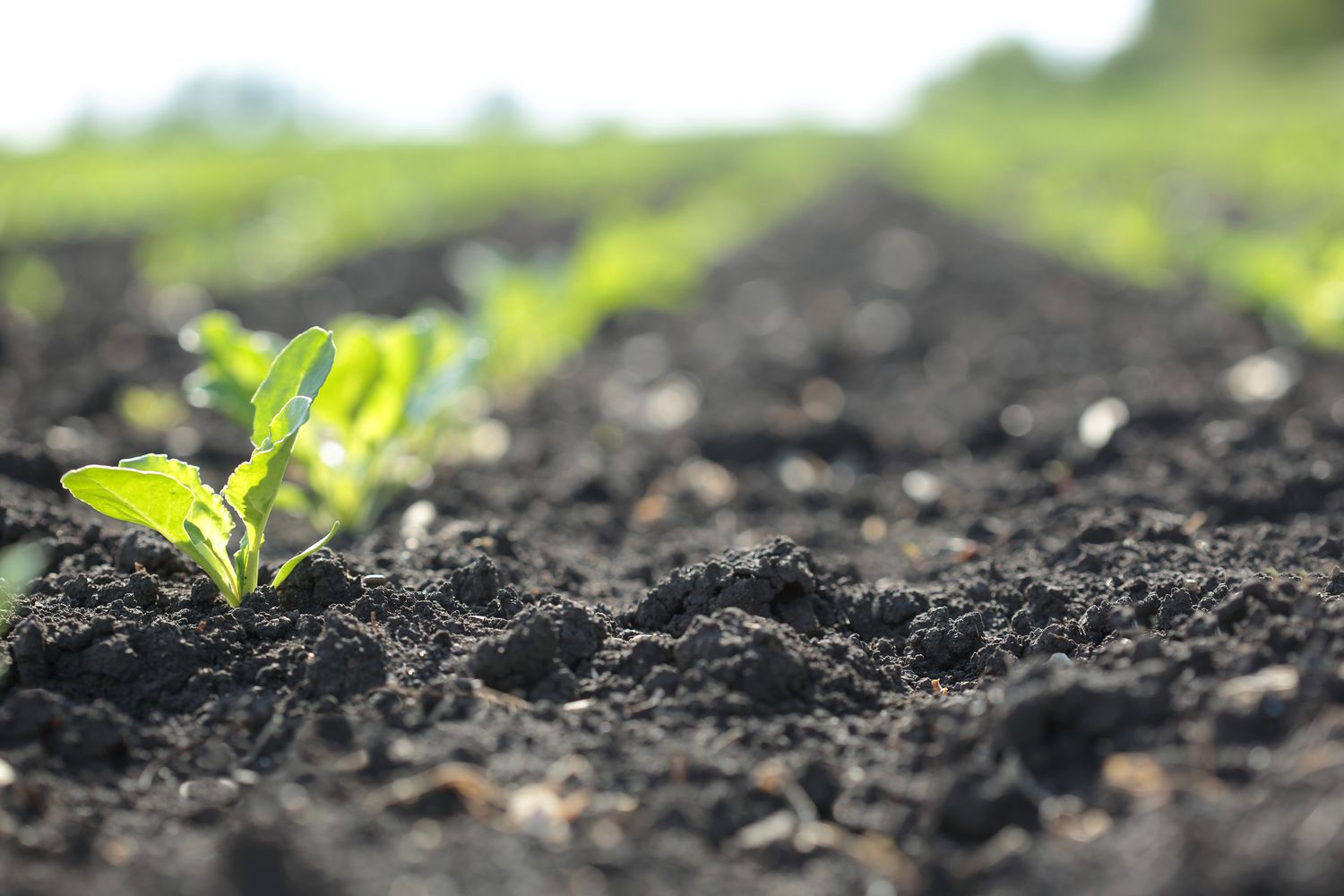
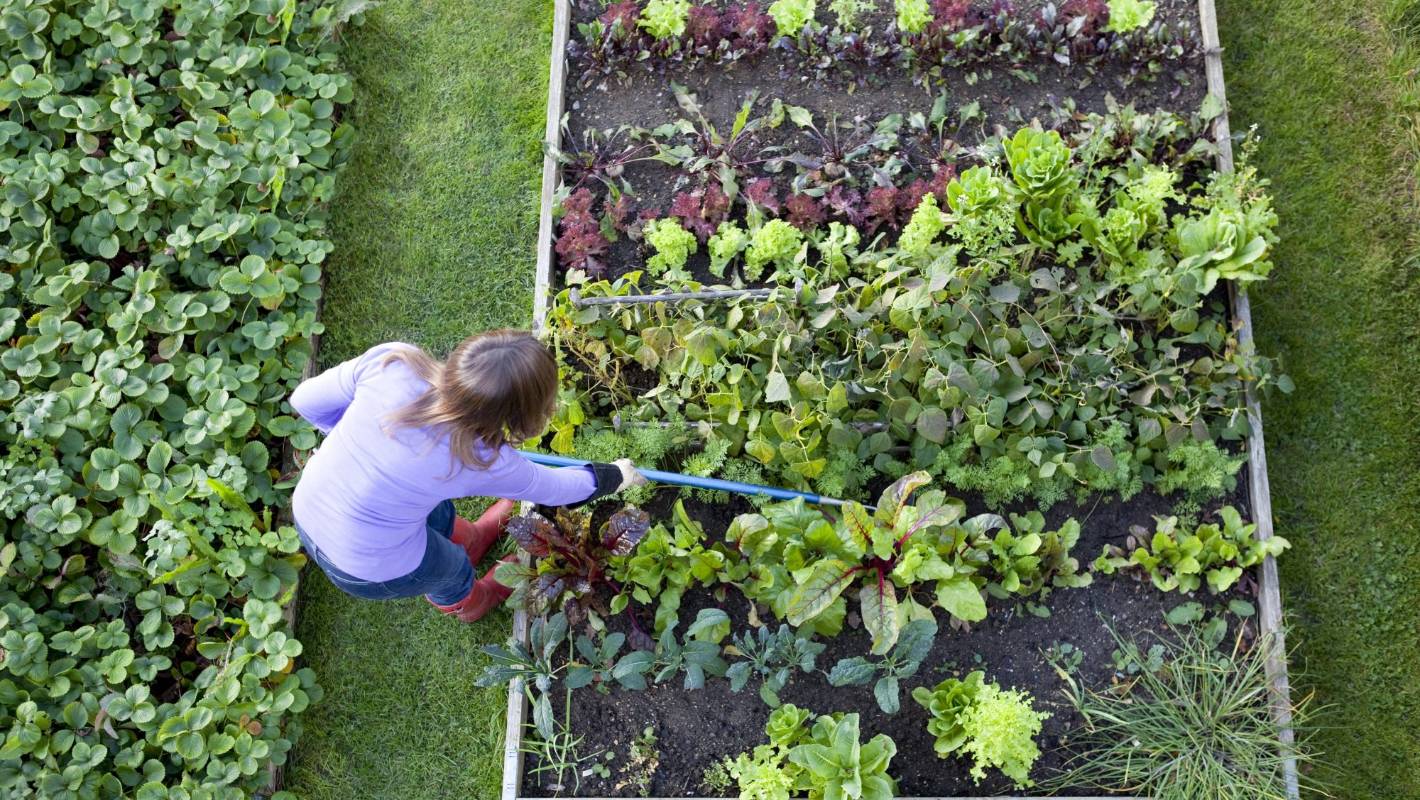
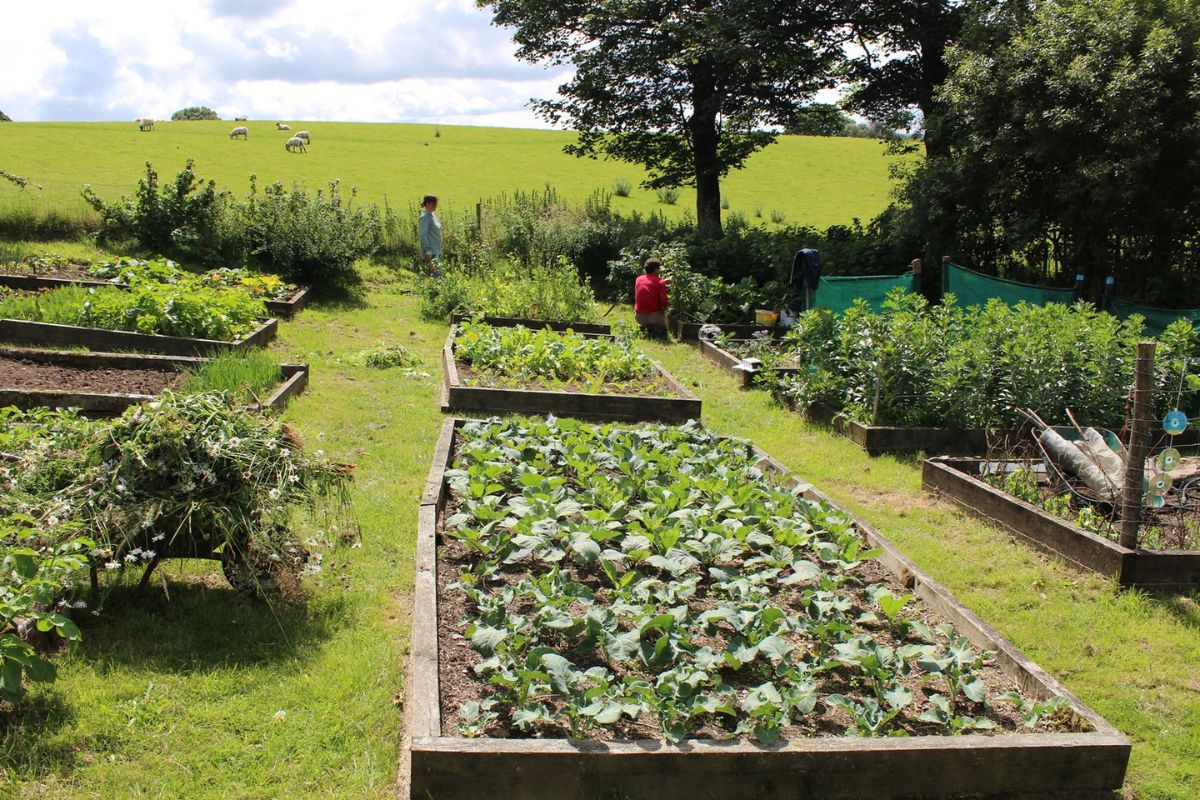
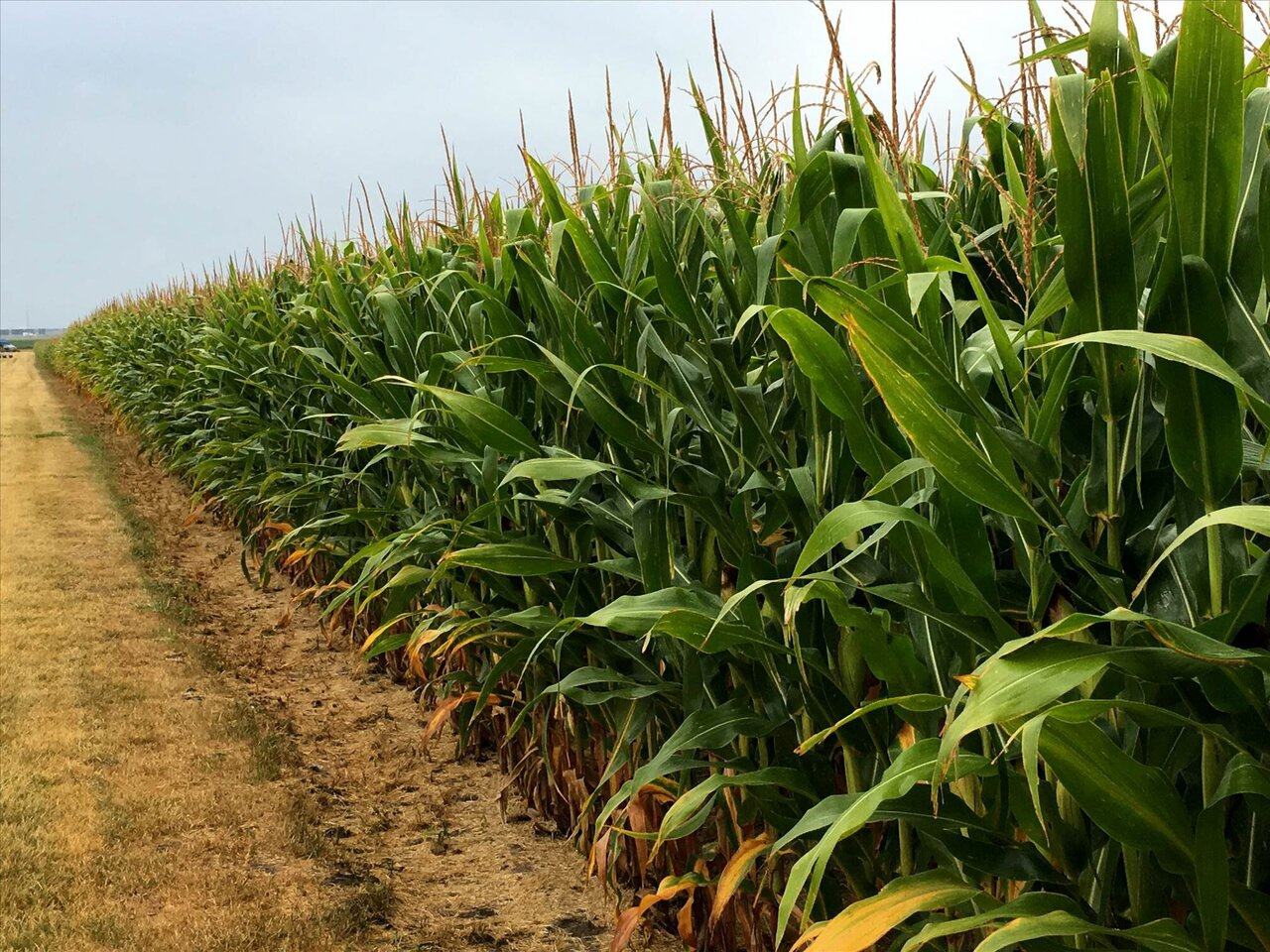

0 thoughts on “How Much Does Crop Rotation Cost”